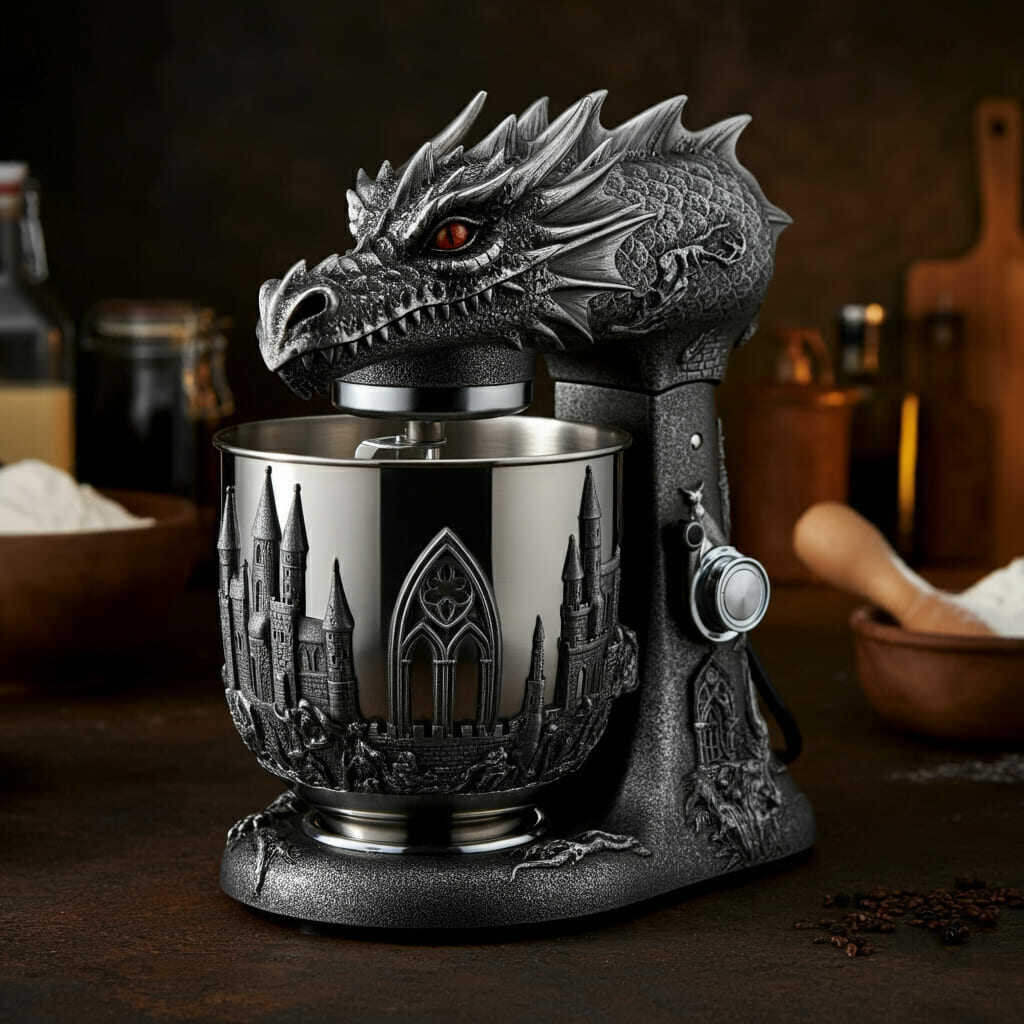In the world of lawn care and vintage machinery, few items capture the imagination quite like horse lawn mowers. These mechanical marvels, once essential tools for maintaining pristine lawns in the 19th and early 20th centuries, have evolved into cherished artifacts among collectors. Though their original purpose has long since been replaced by modern gas-powered and electric alternatives, the allure of these antique machines remains strong. Today, they are not just admired for their historical significance but also for their craftsmanship, design, and nostalgic charm.
The fascination with horse lawn mowers is more than just a passing trend—it reflects a deeper appreciation for an era when technology was simpler, yet ingeniously effective. Collectors are drawn to these machines not only because of their rarity but also due to the stories they tell about agricultural innovation, industrial development, and changing lifestyles over time. Whether displayed in private collections, showcased at vintage fairs, or restored to working condition, horse lawn mowers occupy a unique place in the hearts of enthusiasts.
This article delves into the reasons behind the growing popularity of horse lawn mowers among collectors. It explores their historical context, examines the craftsmanship and engineering that set them apart, and highlights the emotional and cultural connections they foster. Through this exploration, we aim to uncover why these seemingly outdated machines continue to captivate those who appreciate history, mechanics, and the artistry of bygone eras.

A Glimpse into History: The Rise of Horse Lawn Mowers
To understand the appeal of horse lawn mowers, one must first look back at the historical landscape in which they were developed. Prior to the invention of mechanized lawn mowers, maintaining large grassy areas was a labor-intensive task. Grass had to be cut manually using scythes or shears, a process that required significant physical effort and time. As landowners sought more efficient ways to maintain their estates, the need for innovative solutions became apparent.
The introduction of horse-drawn lawn mowers in the late 1800s marked a significant advancement in lawn care technology. These machines were designed to harness the power of horses to propel large cutting mechanisms across vast expanses of grass. Unlike earlier push mowers, which relied solely on human strength, horse lawn mowers could cover greater distances with less effort, making them ideal for parks, golf courses, and large private properties.
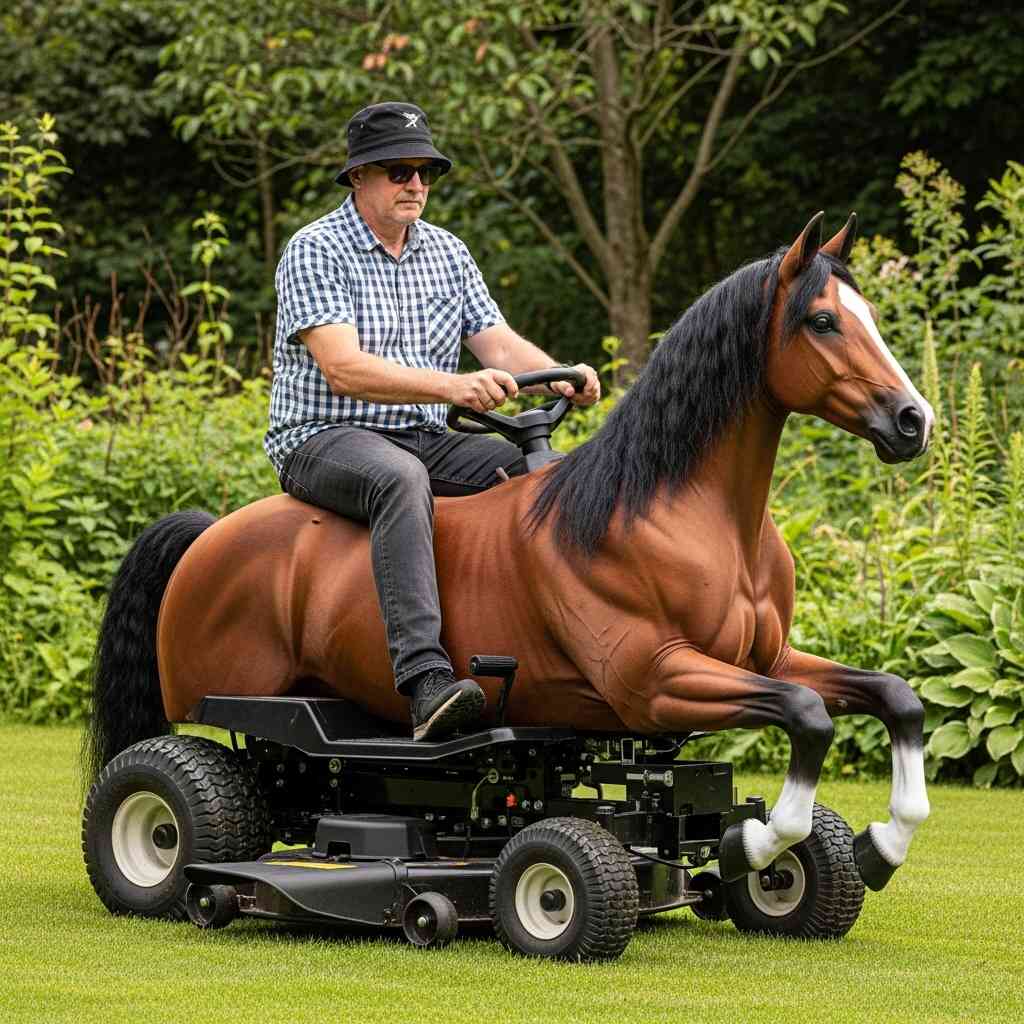
Manufacturers such as Ransomes, Sims & Jefferies in England and companies like Deere & Company in the United States played pivotal roles in developing and refining these machines. Their designs incorporated durable steel blades, adjustable cutting heights, and sturdy frames capable of enduring rough terrain. Over time, improvements in gear systems and blade configurations enhanced performance and efficiency, further cementing the value of horse lawn mowers during their heyday.
As the 20th century progressed, technological advancements led to the rise of internal combustion engines and eventually electric mowers, rendering horse-drawn models obsolete for practical use. However, rather than fading into obscurity, these machines found new life among historians, hobbyists, and collectors eager to preserve a tangible link to the past.
Today, many surviving examples of horse lawn mowers serve as reminders of a time when human ingenuity combined with animal power to achieve remarkable feats of landscaping. Their presence in museums and private collections offers insight into the evolution of lawn maintenance and underscores the importance of preserving mechanical heritage.
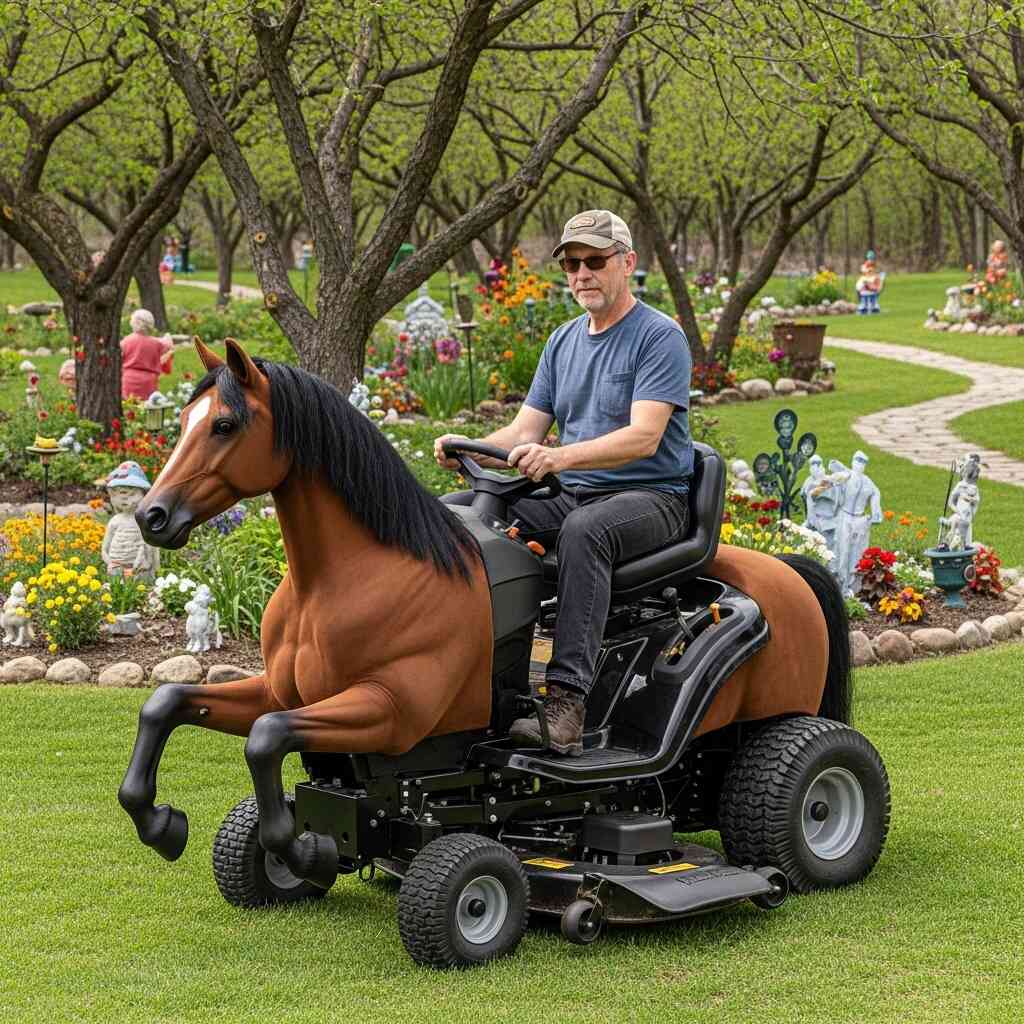
Craftsmanship and Engineering Excellence
One of the most compelling reasons why horse lawn mowers have become collector favorites lies in their exceptional craftsmanship and engineering. These machines were built to last, often constructed from high-quality materials such as cast iron, steel, and wood. Each component was carefully designed to withstand the rigors of outdoor use while ensuring smooth operation and durability.
The construction of a typical horse lawn mower involved a combination of precision engineering and artisanal skill. The frame, usually made from heavy-duty iron or steel, provided a solid foundation that could support the weight of both the machine and the attached horse. Wheels were often reinforced to handle uneven ground, and axles were engineered to distribute weight evenly, preventing unnecessary wear and tear.
Perhaps the most impressive feature of these machines was their cutting mechanism. Early models utilized rotating blades mounted on a cylindrical drum, a concept that would later influence the design of modern reel mowers. The blades were meticulously sharpened and balanced to ensure even cuts across the entire width of the mower. Some advanced models included multiple blades or adjustable settings, allowing users to customize the height of the grass being cut.
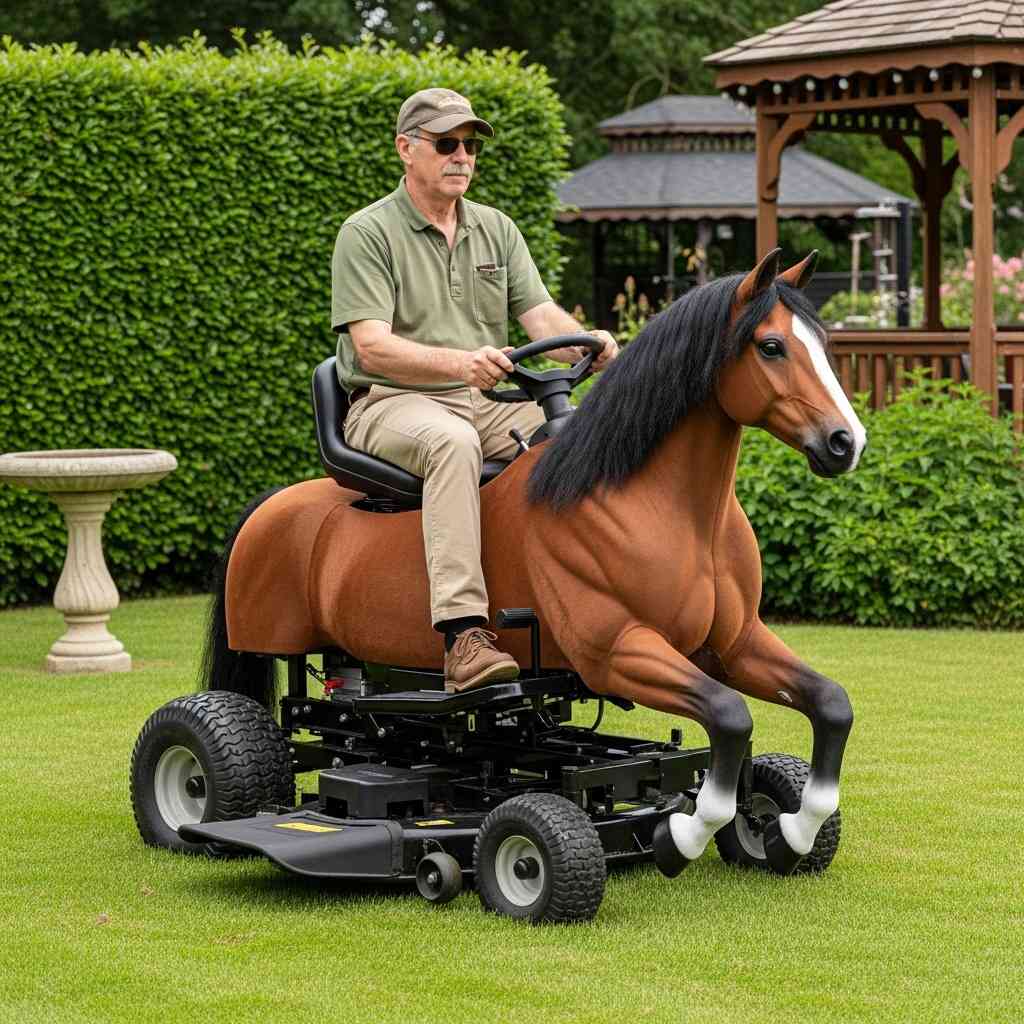
Another notable aspect of horse lawn mowers was their intricate gearing systems. These systems enabled the transfer of motion from the wheels to the cutting drum, allowing the blades to spin at optimal speeds without requiring excessive force from the horse. Engineers experimented with various gear ratios and transmission types to improve efficiency and reduce strain on both the machine and the animal pulling it.
Beyond functionality, aesthetics also played a role in the design of horse lawn mowers. Many manufacturers took pride in creating visually appealing machines, often incorporating ornate engravings, polished surfaces, and decorative elements into their products. This attention to detail not only enhanced the overall appearance of the mower but also reflected the craftsmanship standards of the time.
Collectors today admire these machines not only for their mechanical sophistication but also for the artistry embedded in their construction. Each piece tells a story of innovation, resilience, and dedication to quality—a testament to the skills of the workers who assembled them and the engineers who designed them.

Nostalgia and Cultural Significance
For many collectors, horse lawn mowers represent more than just mechanical relics; they evoke a sense of nostalgia and cultural connection to a bygone era. These machines symbolize a time when life moved at a slower pace, and people relied on nature, animals, and simple technologies to accomplish daily tasks. Owning or restoring a horse lawn mower allows individuals to engage with history in a tactile and meaningful way, bridging the gap between past and present.
The sight of a horse-drawn mower in action—its rhythmic motion, the sound of the blades slicing through grass, and the gentle clopping of hooves—conjures images of sprawling estates, manicured gardens, and pastoral landscapes. These associations contribute to the romanticized view of rural life and agricultural traditions that many find appealing. For some, collecting these mowers serves as a way to honor family heritage or personal memories tied to farming, gardening, or country living.
Moreover, horse lawn mowers hold a special place in the broader narrative of technological progress. They represent a transitional phase in the history of lawn care, marking the shift from purely manual methods to mechanized assistance before the advent of self-propelled mowers. This evolutionary timeline resonates with collectors interested in the development of agricultural machinery and the impact of industrialization on everyday life.
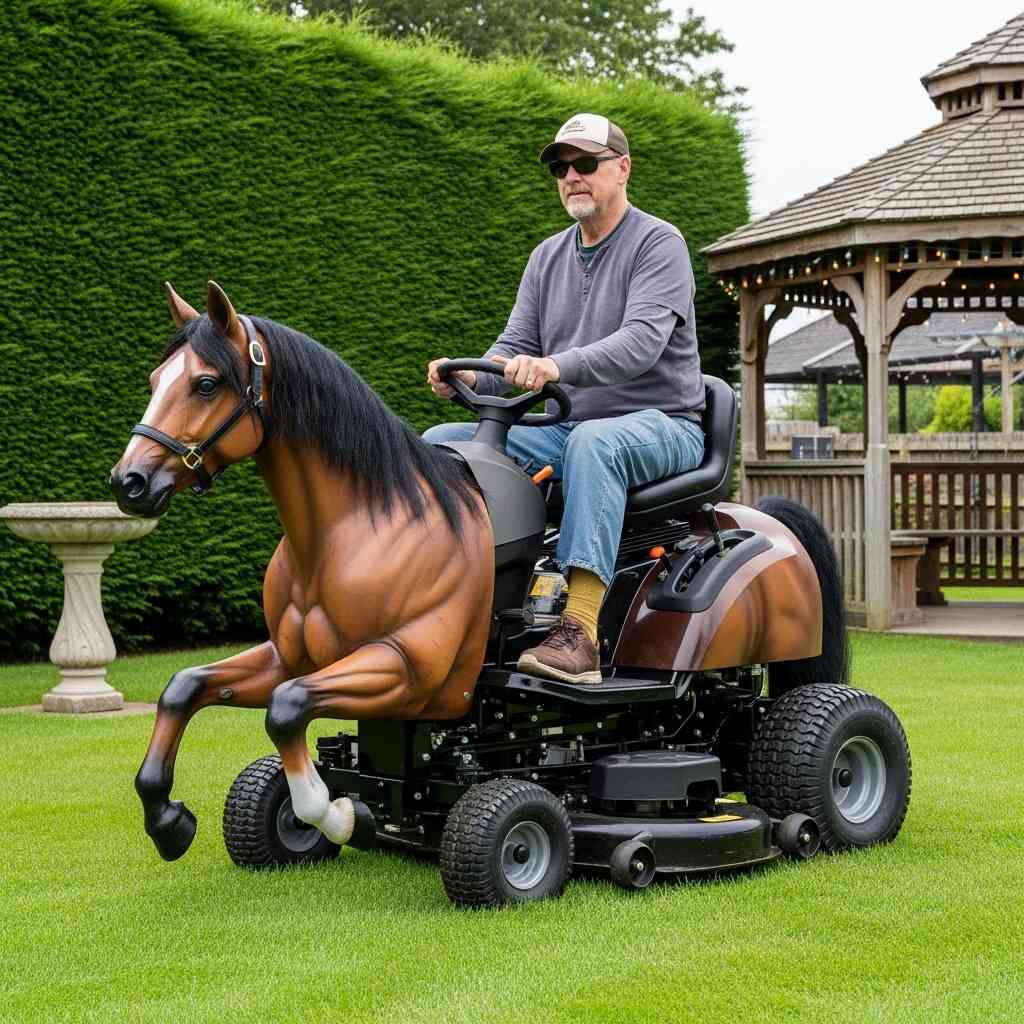
Educational institutions and historical societies often showcase horse lawn mowers as part of exhibits focused on rural history, technological innovation, and environmental stewardship. These displays help contextualize the machines within their historical framework, allowing visitors to appreciate their significance beyond mere functionality. By highlighting the ingenuity behind their design and the societal changes they reflect, such exhibits reinforce the enduring legacy of horse lawn mowers.
Additionally, the community of collectors and restorers surrounding these machines fosters a shared passion for preservation and appreciation of mechanical history. Enthusiasts gather at events, share knowledge, and collaborate on restoration projects, creating a vibrant network dedicated to keeping the spirit of these machines alive. This camaraderie adds another layer of cultural richness to the hobby, transforming individual interest into collective heritage.
Ultimately, the emotional resonance of horse lawn mowers cannot be overstated. They are more than just objects—they are vessels of memory, symbols of perseverance, and reminders of a time when man and machine worked in harmony with nature. It is this profound connection that continues to draw collectors to these remarkable pieces of history.

The Thrill of Restoration: Bringing History Back to Life
For many collectors, the true joy of owning a horse lawn mower lies not just in possession but in the process of restoration —the meticulous work of returning these machines to their former glory. This endeavor is more than a mechanical task; it’s an immersive experience that allows collectors to connect deeply with history, craftsmanship, and the spirit of innovation.
Restoring a horse lawn mower often begins with uncovering a forgotten machine hidden away in a barn, shed, or field. These finds may be buried under layers of dust, rust, and time-worn parts, but to a dedicated enthusiast, they represent untapped potential. Each restoration project becomes a journey into the past, requiring patience, skill, and a deep appreciation for mechanical heritage.
The process typically involves several stages: assessment, cleaning, repair, and reassembly . Collectors must first evaluate the condition of the mower’s frame, wheels, gears, and cutting mechanism. Depending on the state of preservation, some components may need to be repaired using traditional blacksmithing techniques or sourced from other vintage models. In cases where original parts are no longer available, skilled restorers may fabricate replacements by hand, ensuring that every detail aligns with the original design.

What makes this work especially rewarding is the opportunity to learn from the past . Many of these mowers were built before mass production became the norm, meaning each piece was crafted with individual care and attention. By working closely with these machines, collectors gain insight into the materials, tools, and methods used by engineers and artisans of the era. They come to appreciate the ingenuity behind simple yet effective designs—like the way gear systems transferred motion or how blade alignment affected cutting performance.
Moreover, restoration fosters a sense of accomplishment and pride . There’s something profoundly satisfying about seeing a once-dilapidated machine transformed into a fully functional piece of history. When the blades spin smoothly again and the wheels roll freely, it feels as though the mower has been given new life. For many, this moment is akin to witnessing a historical artifact breathe again—a tangible link between generations.
Some collectors even go a step further by restoring not just the mower itself, but also the harnesses and tack used to attach horses to the equipment. This level of dedication reflects a broader commitment to authenticity and historical accuracy. It also enhances the visual appeal of the restored unit, making it suitable for display at exhibitions, parades, or agricultural fairs.
In addition to personal satisfaction, restoration projects often lead to collaboration within the collecting community . Enthusiasts frequently share tips, trade rare parts, and offer advice through online forums, local clubs, and regional gatherings. This collaborative spirit strengthens bonds among collectors and encourages the sharing of knowledge that might otherwise be lost over time.
Ultimately, the act of restoring a horse lawn mower is much more than a hobby—it is a labor of love that bridges the gap between past and present. It allows individuals to engage directly with history, preserving mechanical traditions while honoring the legacy of those who once relied on these machines to maintain the landscapes around them. Through restoration, collectors don’t just preserve objects; they revive stories, skills, and a way of life that continues to inspire admiration and respect.

Conclusion
Horse lawn mowers may no longer serve their original purpose, but their value to collectors is undeniable. From their historical roots as revolutionary tools in lawn maintenance to their status as prized artifacts of craftsmanship and engineering, these machines embody a rich tapestry of technological and cultural heritage. Their enduring appeal lies not only in their mechanical ingenuity but also in the emotional and nostalgic connections they inspire.
Collectors are drawn to horse lawn mowers for their ability to transport us back to an era defined by simplicity, innovation, and a deep respect for craftsmanship. Each machine tells a unique story, reflecting the evolving relationship between humans, animals, and technology. Whether displayed in a museum, showcased at a vintage fair, or lovingly restored in a private collection, these mowers serve as tangible links to our agricultural past.
As society moves further into the age of automation and digital convenience, there is a growing desire to reconnect with the tangible and the timeless. Horse lawn mowers offer that opportunity—an invitation to slow down, appreciate the finer details, and celebrate the achievements of those who came before us. In doing so, they remind us that progress does not always mean forgetting the past but rather honoring it in new and meaningful ways.
For collectors and enthusiasts alike, the journey of preserving and appreciating horse lawn mowers is as rewarding as the machines themselves. It is a pursuit driven by curiosity, admiration, and a commitment to safeguarding history for future generations. And in that pursuit, the legacy of these remarkable machines continues to thrive.
